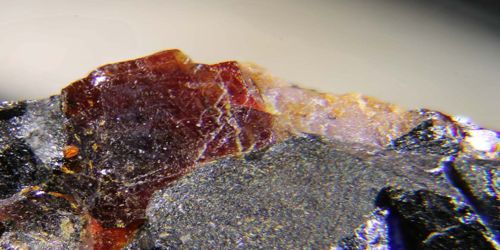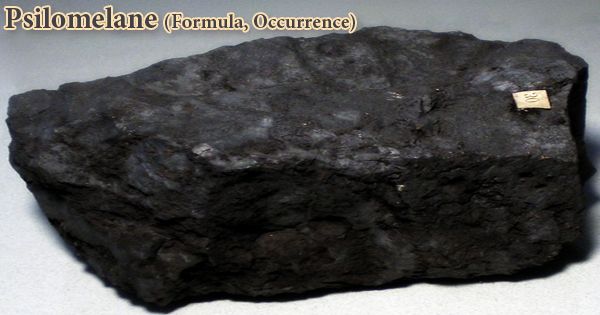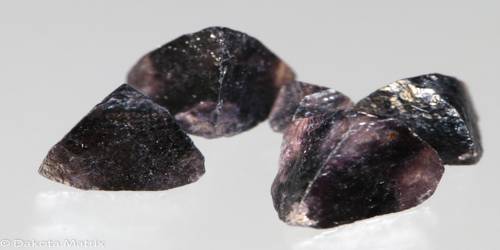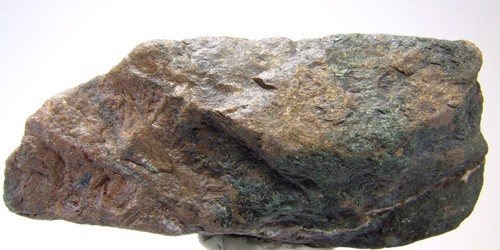Jerrygibbsite is a rare silicate mineral with chemical formula: (Mn, Zn)9(SiO4)4(OH)2. It is a rare violet-pink mineral, believed to be a member of the leucophoenicite family. It’s a mineral discovered in 1984. It was originally discovered by Pete J. Dunn in 1984, who named it after mineralogist Gerald V. Gibbs (born 1929). It has only been reported from the type locality of Franklin Furnace, New Jersey, United States, and in Namibia’s Otjozondjupa region.
Jerrygibbsite is a member of the leucophoenicite family of the humite group. It is always found with these two minerals. It is a dimorph of sonolite.
General Information
- Category: Nesosilicates
- Formula: (Mn, Zn)9(SiO4)4(OH)2
- Crystal system: Orthorhombic
- Crystal class: Pyramidal (mm2)
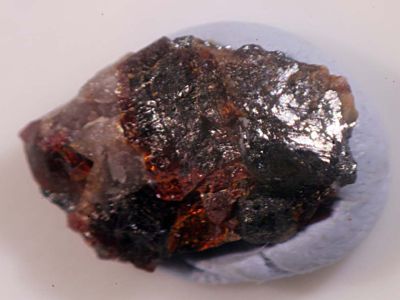
Fig: Jerrygibbsite
Properties
Jerrygibbsite, in pure form, is a violet-pink mineral with a light pink streak. It has a calculated density of 4.045 g/cm3 and a tested density of 4.00 g/cm3. It has a hardness of about 5.5, that of a knife blade. The general luster is vitreous, or shiny. Crystals are generally transparent to translucent. Crystals are not luminescent or fluorescent.
- Color: Violet-pink, with a brownish tinge
- Crystal habit: Interlocking anhedral crystals
- Cleavage: Imperfect on {001}
- Mohs scale hardness: 5.5
- Luster: Vitreous
- Streak: Light pink
- Diaphaneity: Alternating transparent and translucent lamellae
- Specific gravity: 4.00
- Optical properties: Biaxial (-)
Occurrence
Jerrygibbsite has been found only in the Franklin Furnace mine in Franklin, New Jersey, and in the Kombat Mines in Namibia. Most of the minerals in the humite group have been found only here, as well as leucophoenicite. Jerrygibbsite has been found to occur in contact with willemite, zincite, and sonolite in an uncommon assemblage.
The mineral jerrygibbsite was discovered in 1984 by Pete Dunn while conducting an X-ray spectrographic analysis of a sample previously assumed to be leucophoenicite. All samples found of jerrygibbsite are impure.
Information Source:
